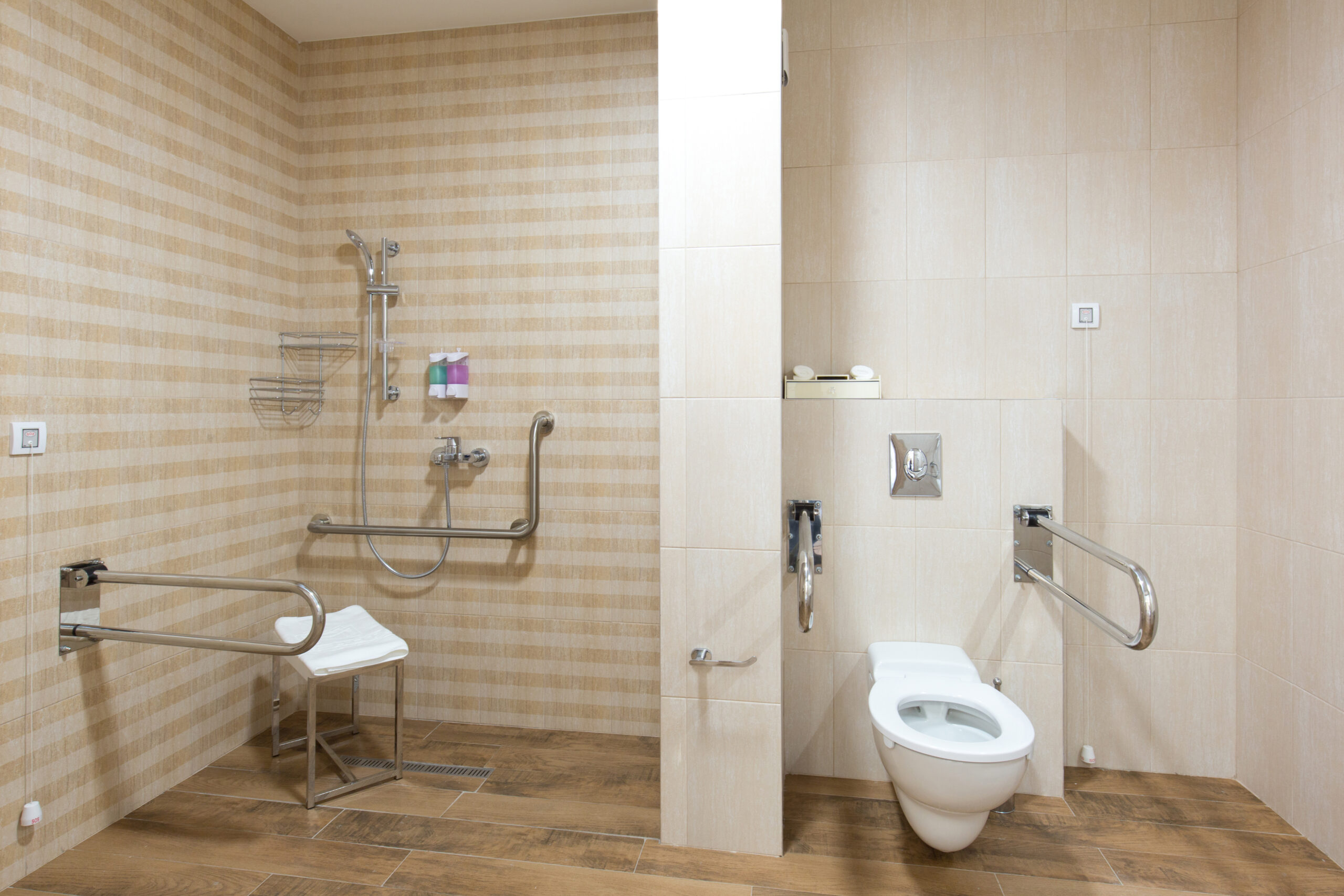The Hidden Dangers of “Healthy” Senior Living Communities
Senior living communities often promise a healthy, active, and safe environment for older adults. They are designed to support seniors in maintaining independence while providing necessary care. However, beneath this appealing surface lie some hidden dangers that families and seniors should be aware of before making such a significant decision.
One major concern is the unexpected financial burden that can come with these communities. Many assisted living facilities use complex pricing models that may not be clear upfront. For example, medication management fees can increase simply because a resident adds one more pill to their daily routine—even if it’s just a vitamin or allergy medicine. These extra charges can add up quickly without warning, surprising families with higher monthly bills than anticipated. Additionally, some facilities impose hidden fees like overnight health aide charges that were not discussed initially but appear on bills later through automatic payments from residents’ accounts. This lack of transparency makes it difficult for families to budget and plan properly.
Another danger involves the quality of care provided within these communities. Falls are one of the most common and serious risks for seniors in nursing homes or assisted living settings. While falls might seem like accidents, they often indicate deeper problems such as neglect or insufficient supervision by staff members who may be stretched too thin or inadequately trained to handle emergencies promptly.
Moreover, when caregivers leave or staffing levels drop unexpectedly—a crisis sometimes overlooked—residents can suffer from delayed responses during critical moments requiring assistance or medical attention.
Even though many senior living places aim to promote independence through technology and proactive monitoring systems—like sensors alerting staff about unusual activity patterns—these tools cannot replace attentive human care entirely but serve as helpful supplements.
Families considering senior living options should ask detailed questions about all potential costs involved beyond base rent; inquire about staffing ratios; understand how emergencies like falls are handled; verify what technologies are used for safety monitoring; and seek out reviews from current residents’ relatives regarding responsiveness and compassion shown by caregivers.
Choosing a “healthy” senior community means looking beyond glossy brochures into real-life experiences where hidden fees don’t surprise you later—and where your loved ones receive timely help before small issues become big problems.





